2nd Grade Thermometer Worksheets
Thermometer worksheets are a valuable resource for 2nd grade students who are learning about temperature and how to read a thermometer. These worksheets provide an engaging way for young learners to practice their skills and grasp the concept of measuring temperature.
Table of Images 👆
More 2nd Grade Worksheets
Math Worksheets 2nd Grade ActivitySecond Grade Reading Worksheets Printable
Clock Worksheets for Second Grade
Past Tense Verbs Worksheets 2nd Grade
First Day of School Worksheets 2nd Grade
Main Idea Worksheets Second Grade
Reading Fluency 2nd Grade Worksheets
Second Grade Short Story Worksheet
Being a Good Citizen 2nd Grade Worksheet
What is a thermometer?
A thermometer is a device used to measure temperature, typically consisting of a sealed glass tube containing a liquid (such as mercury or colored alcohol) that expands and rises in a calibrated scale as the temperature increases.
How does a thermometer measure temperature?
A thermometer measures temperature by utilizing the principle that substances expand or contract in response to changes in temperature. Most thermometers contain a liquid, such as mercury or alcohol, which expands or contracts based on the surrounding temperature. The movement of the liquid is then converted into a numerical reading on a scale, indicating the temperature of the environment being measured.
What are the different units used to measure temperature?
The main units used to measure temperature are Celsius (°C), Fahrenheit (°F), and Kelvin (K). Celsius is commonly used in everyday life and scientific contexts, while Fahrenheit is more prevalent in the United States. Kelvin is often used in scientific and engineering applications because it is based on absolute zero, the theoretical lowest temperature possible. Other less common units include Rankine and Réaumur.
What are the different types of thermometers?
There are various types of thermometers, including liquid-filled thermometers, digital thermometers, infrared thermometers, and bimetallic strip thermometers. Liquid-filled thermometers contain a liquid that expands with temperature changes, while digital thermometers provide a numerical temperature reading. Infrared thermometers measure temperature without making physical contact, and bimetallic strip thermometers use a strip of two different metals that expand at different rates to indicate temperature changes.
How do you read a thermometer?
To read a thermometer, hold it at eye level and look at the level of the liquid inside the tube. The number where the liquid stops rising is the temperature. Make sure to note whether it is measured in Celsius or Fahrenheit.
How do you convert temperature readings between Fahrenheit and Celsius?
To convert temperature readings between Fahrenheit and Celsius, you can use the following formulas: To convert from Fahrenheit to Celsius, subtract 32 from the Fahrenheit temperature and then multiply that result by 5/9. To convert from Celsius to Fahrenheit, multiply the Celsius temperature by 9/5 and then add 32 to the result.
What is the freezing point of water in Fahrenheit and Celsius?
The freezing point of water is 32 degrees Fahrenheit and 0 degrees Celsius.
What is the boiling point of water in Fahrenheit and Celsius?
The boiling point of water is 212 degrees Fahrenheit and 100 degrees Celsius.
What are some common uses of thermometers in everyday life?
Thermometers are commonly used in everyday life for checking body temperature to monitor health, measuring room temperature for comfort and energy efficiency, monitoring food temperature for cooking and storage safety, checking water temperature for activities like bathing and swimming, as well as in industrial settings for various processes such as determining the temperature of machinery and equipment.
How can we use thermometers to monitor weather conditions?
Thermometers can be used to monitor weather conditions by measuring temperature variations in the air. By placing the thermometer in a shaded area outdoors, you can track changes in temperature throughout the day which can provide valuable information about the weather patterns. This data can help in predicting upcoming weather conditions such as temperature fluctuations, cold fronts, or heatwaves.
Have something to share?
Who is Worksheeto?
At Worksheeto, we are committed to delivering an extensive and varied portfolio of superior quality worksheets, designed to address the educational demands of students, educators, and parents.

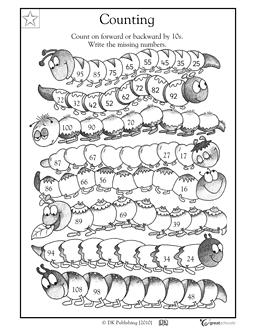



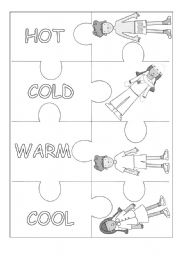
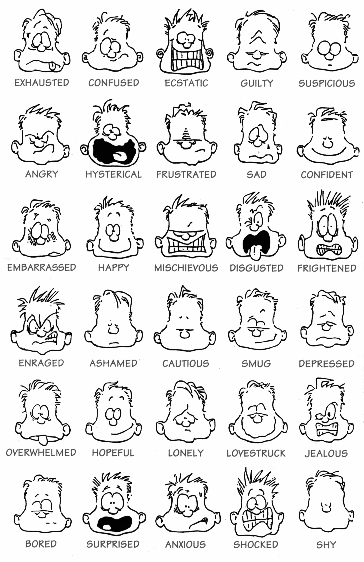
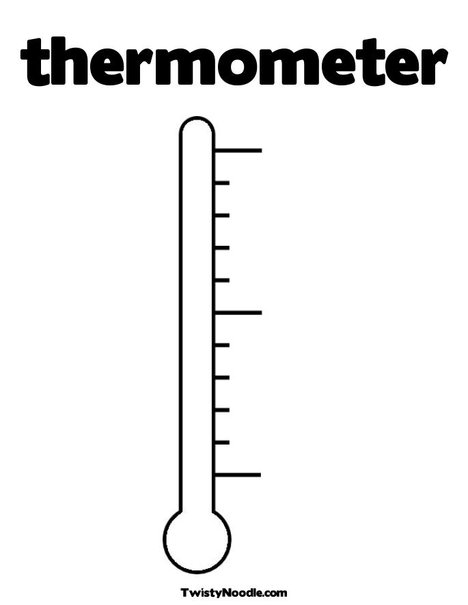
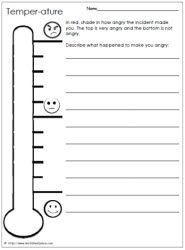
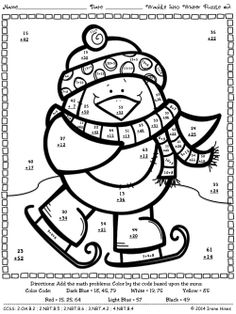
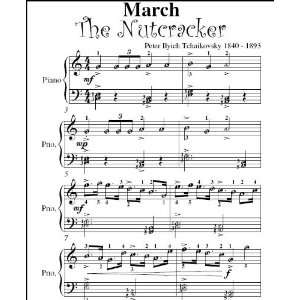
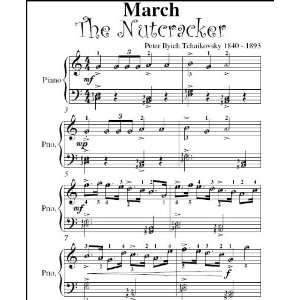
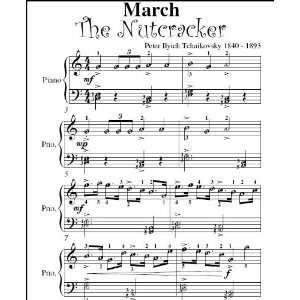
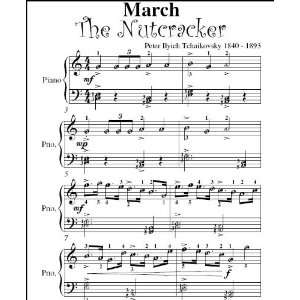
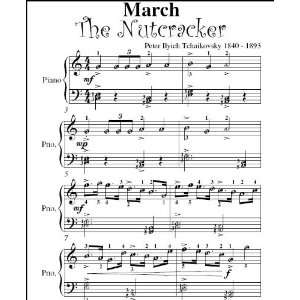
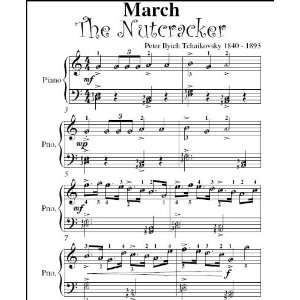
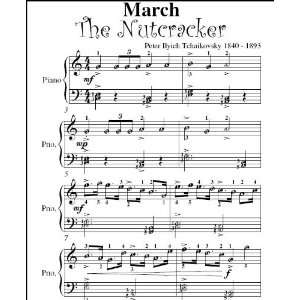
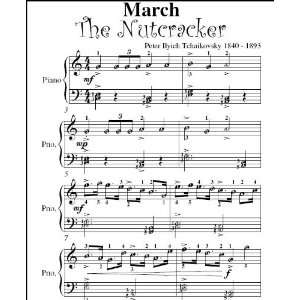
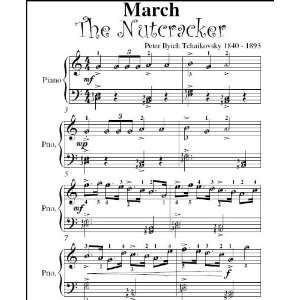
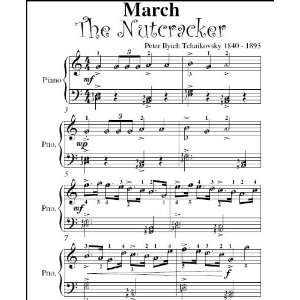
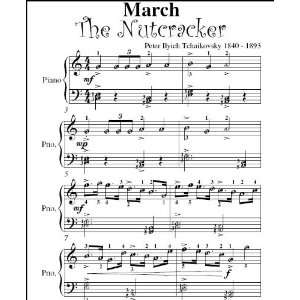
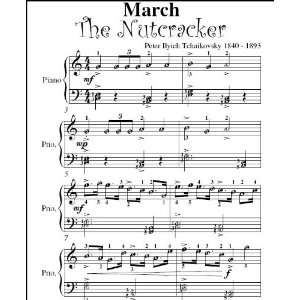
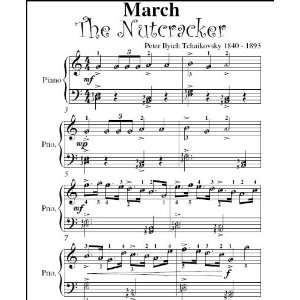














Comments